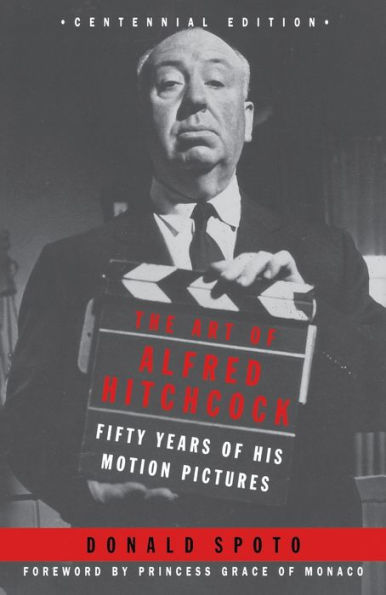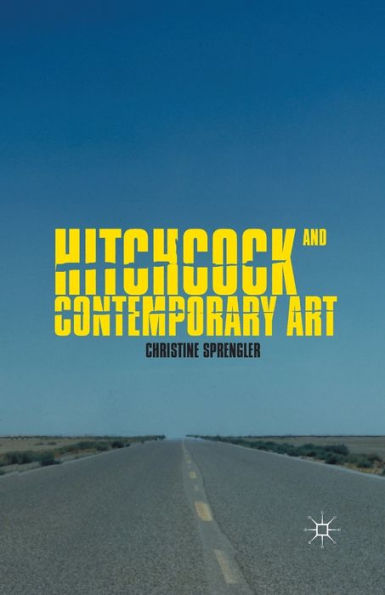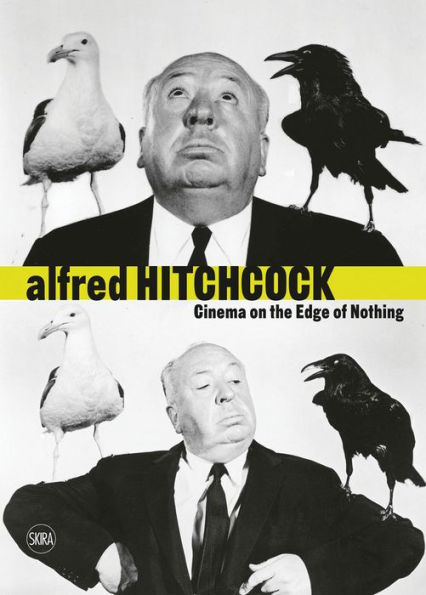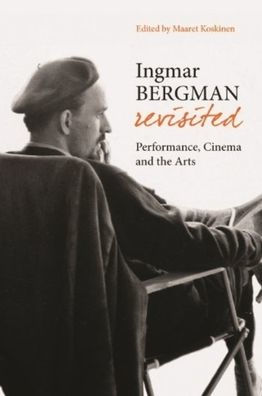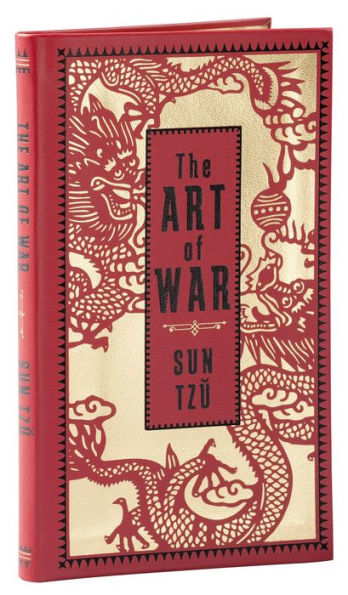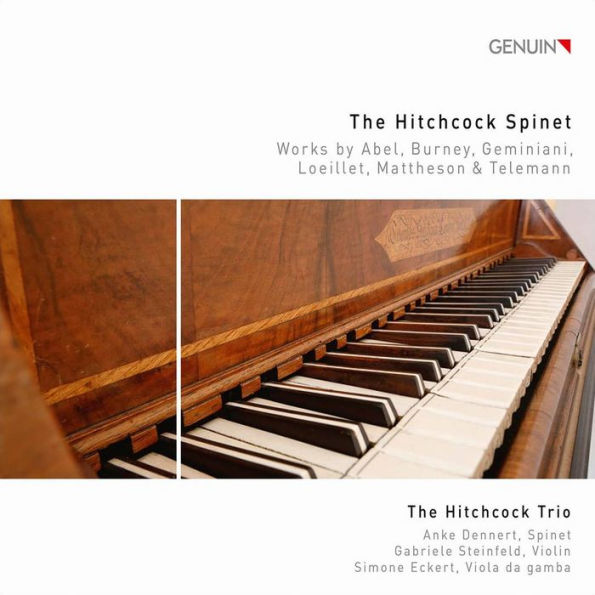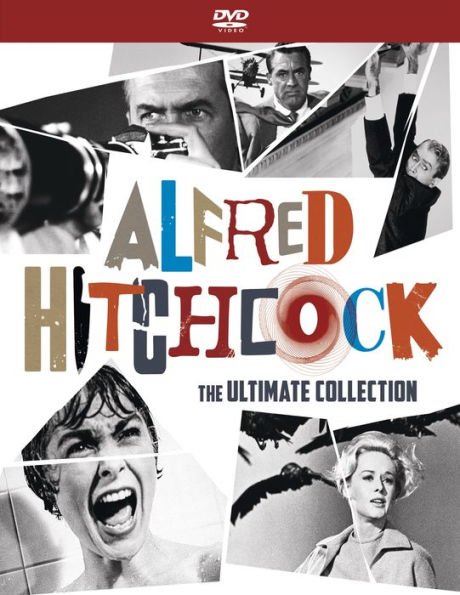Home
The Art of Pure Cinema: Hitchcock and His Imitators
Barnes and Noble
The Art of Pure Cinema: Hitchcock and His Imitators
Current price: $185.00


Barnes and Noble
The Art of Pure Cinema: Hitchcock and His Imitators
Current price: $185.00
Size: Hardcover
Loading Inventory...
*Product information may vary - to confirm product availability, pricing, shipping and return information please contact Barnes and Noble
In a now-famous interview with François Truffaut in 1962, Alfred Hitchcock described his masterpiece
Rear Window
(1954) as "the purest expression of a cinematic idea." But what, precisely, did Hitchcock mean by pure cinema? Was pure cinema a function of
mise en scène
, or composition within the frame? Was it a function of montage, "of pieces of film assembled"? This notion of pure cinema has intrigued and perplexed critics, theorists, and filmmakers alike in the decades following this discussion. And even across his 40-year career, Hitchcock's own ideas about pure cinema remained mired in a lack of detail, clarity, and analytical precision.
The Art of Pure Cinema
is the first book-length study to examine the historical foundations and stylistic mechanics of pure cinema. Author Bruce Isaacs explores the potential of a philosophical and artistic approach most explicitly demonstrated by Hitchcock in his later films, beginning with Hitchcock's contact with the European avant-garde film movement in the mid-1920s. Tracing the evolution of a philosophy of pure cinema across Hitchcock's most experimental works -
,
Vertigo
North by Northwest
Psycho
The Birds
Marnie
, and
Frenzy
- Isaacs rereads these works in a new and vital context. In addition to this historical account, the book presents the first examination of pure cinema as an integrated stylistics of
, montage, and sound design. The films of so-called Hitchcockian imitators like Mario Bava, Dario Argento, and Brian De Palma are also examined in light of a provocative claim: that the art of pure cinema is only fully realized after Hitchcock.
Rear Window
(1954) as "the purest expression of a cinematic idea." But what, precisely, did Hitchcock mean by pure cinema? Was pure cinema a function of
mise en scène
, or composition within the frame? Was it a function of montage, "of pieces of film assembled"? This notion of pure cinema has intrigued and perplexed critics, theorists, and filmmakers alike in the decades following this discussion. And even across his 40-year career, Hitchcock's own ideas about pure cinema remained mired in a lack of detail, clarity, and analytical precision.
The Art of Pure Cinema
is the first book-length study to examine the historical foundations and stylistic mechanics of pure cinema. Author Bruce Isaacs explores the potential of a philosophical and artistic approach most explicitly demonstrated by Hitchcock in his later films, beginning with Hitchcock's contact with the European avant-garde film movement in the mid-1920s. Tracing the evolution of a philosophy of pure cinema across Hitchcock's most experimental works -
,
Vertigo
North by Northwest
Psycho
The Birds
Marnie
, and
Frenzy
- Isaacs rereads these works in a new and vital context. In addition to this historical account, the book presents the first examination of pure cinema as an integrated stylistics of
, montage, and sound design. The films of so-called Hitchcockian imitators like Mario Bava, Dario Argento, and Brian De Palma are also examined in light of a provocative claim: that the art of pure cinema is only fully realized after Hitchcock.
